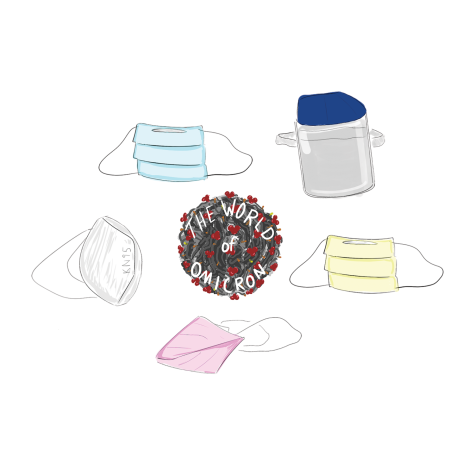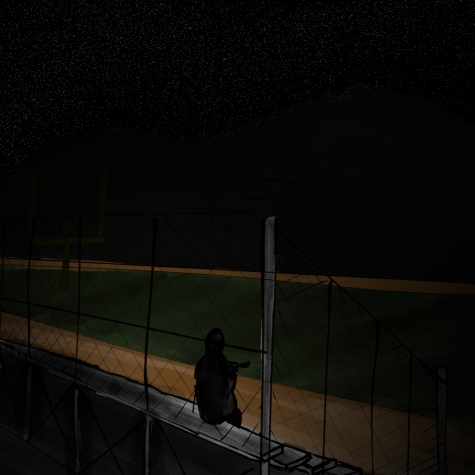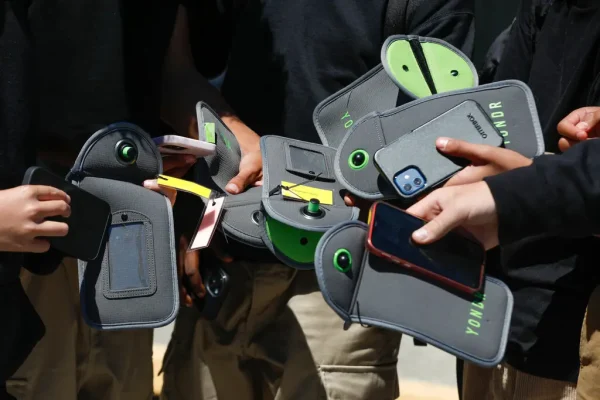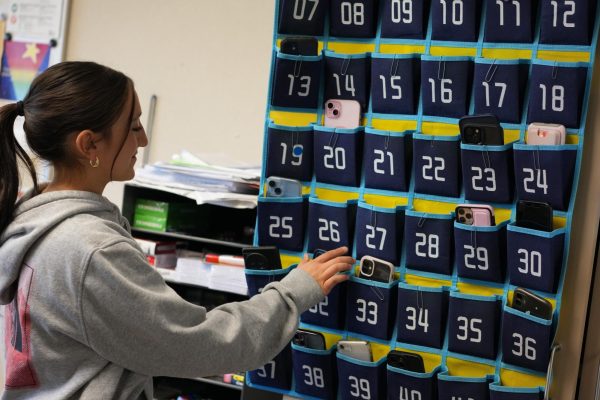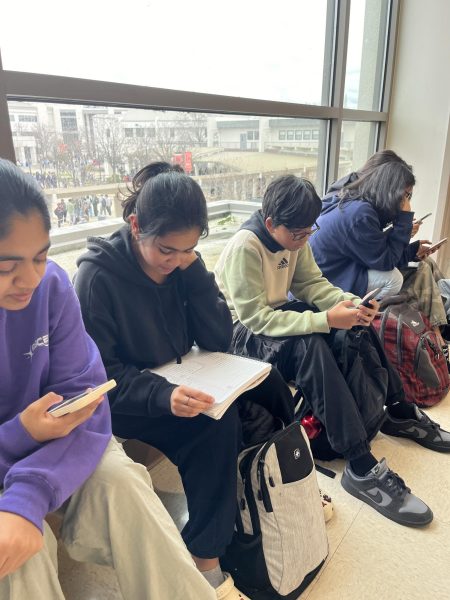COVID tests, more like NOVID tests
Testing difficulties create some uneasiness with Cal students
As the new COVID-19 variant spreads, uncertainty rises as people want to get tested. But what if the test results that ease the uneasiness are actually unreliable?
As more people are desperate to get tested, there are more ways to do so. Antigen tests known to give quicker results, convenient at-home tests, and longer molecular tests are some of the types of tests that are administered.
When Cal High senior Kayla Choy left town for winter break with her family, she came home to find out her brother had contracted COVID-19.
When she started having symptoms, she decided to get an at-home test. The results came back negative, but when she took an antigen test, it came back positive.
Studies show that the false negative rate is 2.2 percent, which doesn’t explain the varying results.
These conflicting results carried on throughout her quarantine. On the ninth day, she took a few more tests, and the results continued to vary.
“I took three tests at the school district testing site and they were all negative,” Choy said, “but when I took two more of the at-home tests they were both positive.”
Contradicting results are becoming an apparent issue on whether it’s safe to come back to school. It’s unclear which tests should be used, especially when new alternatives continue to come out.
Many medical professionals stress the importance of administering these at-home tests correctly, as improper administration could lead to an inaccurate result.
In addition to problems with home tests, people often come unprepared to testing sites, resulting in time issues.
“Know ahead of time if the testing site you are visiting is by appointment or walk-in,” said Julien, a volunteer at Cal’s testing center. “Be sure to have all necessary materials needed when you get there.”
As the variant progresses, there are more testing sites becoming available. But this wasn’t previously the case. Many people were struggling with the availability of at-home tests, which were often sold out at stores.
“On my way home from Lake Tahoe, we had mapped and stopped at each CVS on our way home,” senior Juliet Nash said. “All of them had been out of stock of any of the at-home tests, some with signs on the door saying so.”
Teachers are having the same issues with availability of tests as well.
“It was hard to get an appointment during the holidays before coming back to school. All slots were full when I went to CVS or Kaiser,” English teacher Eghosa Hamilton said. “The government now sending rapid tests has made getting tested a lot easier.”
The federal government tried to ease these problems by sending families at-home test kits, while schools provide masks for students to take home. The main takeaway is to utilize these many resources and stay safe.

Hannah Shariff is a senior at Cal high, and this is her first year reporting for The Californian. In her free time she enjoys spending time with her cats,...
